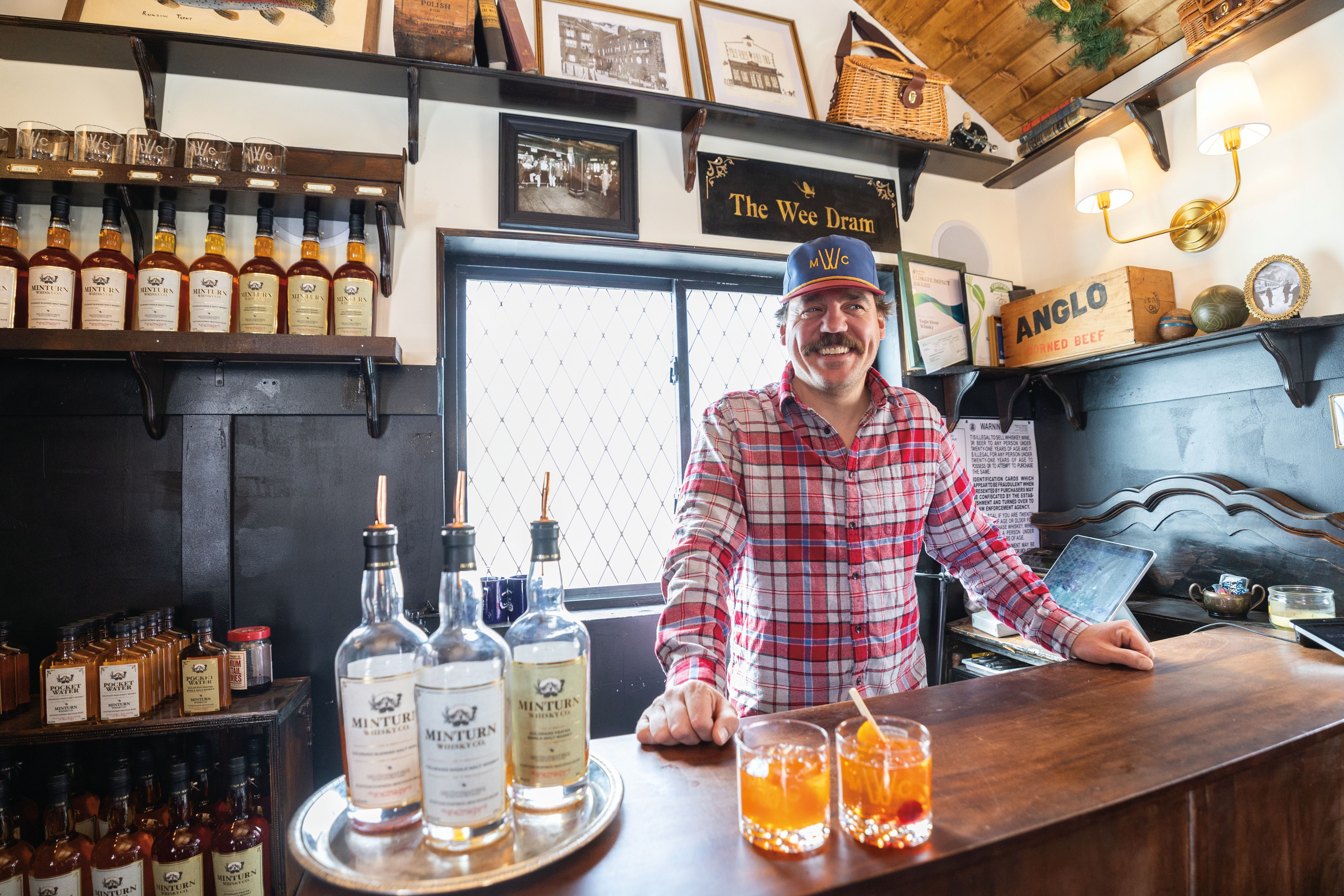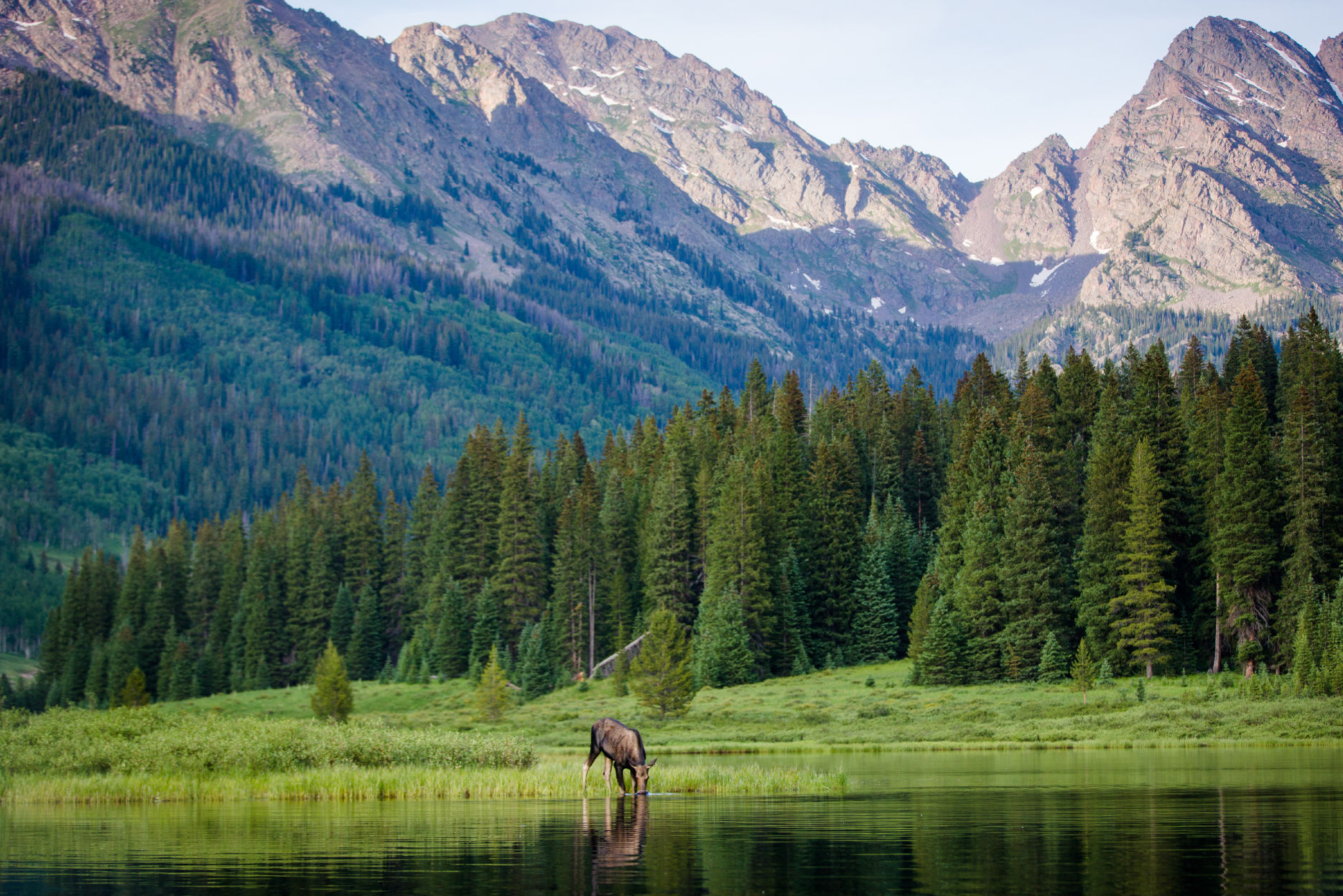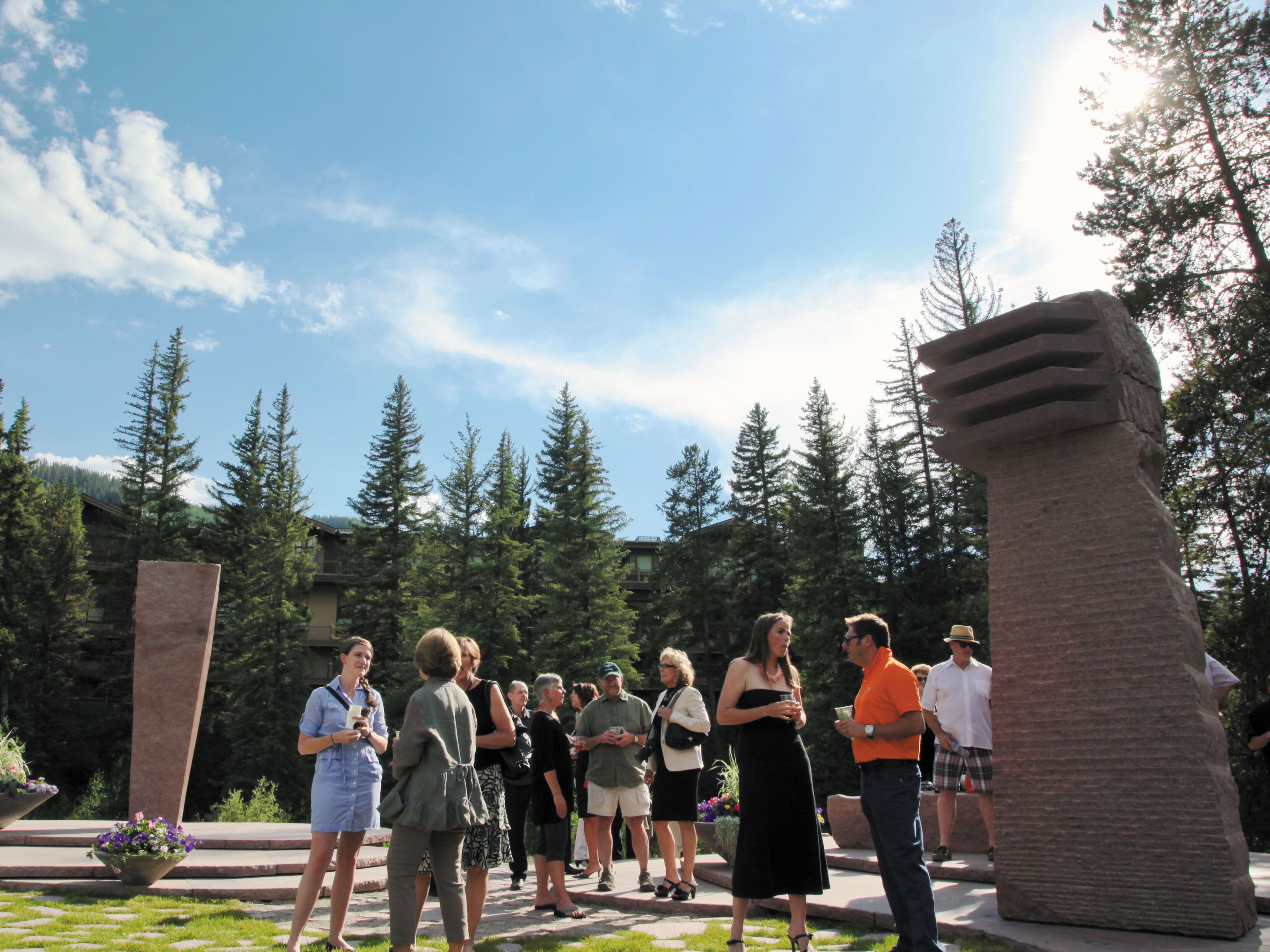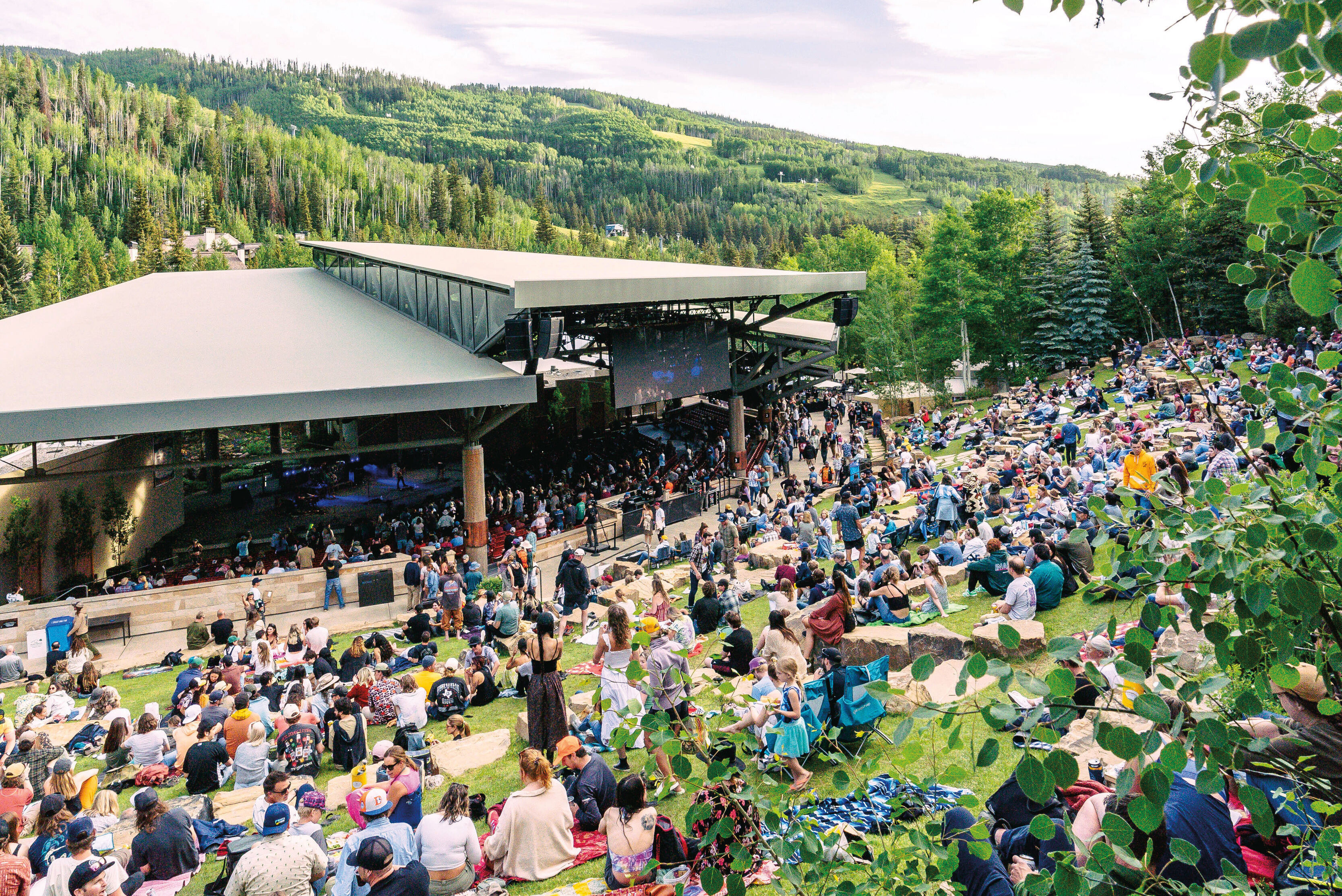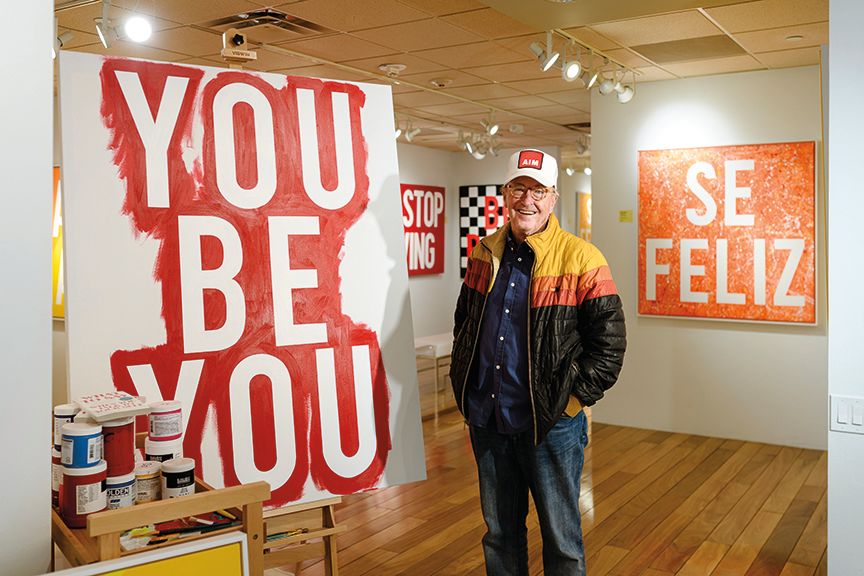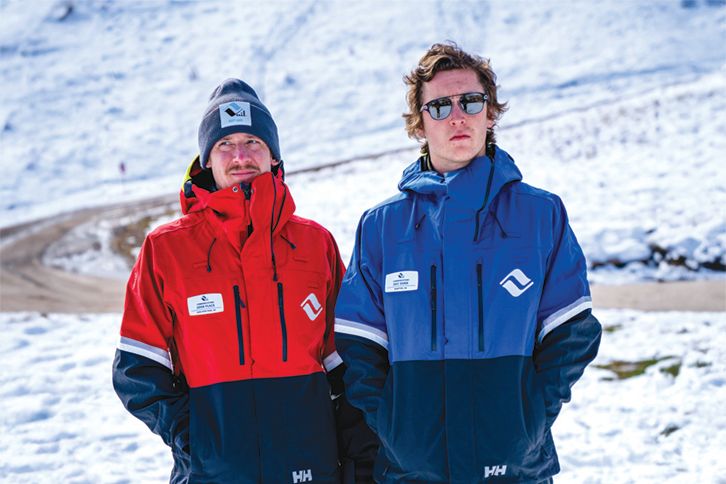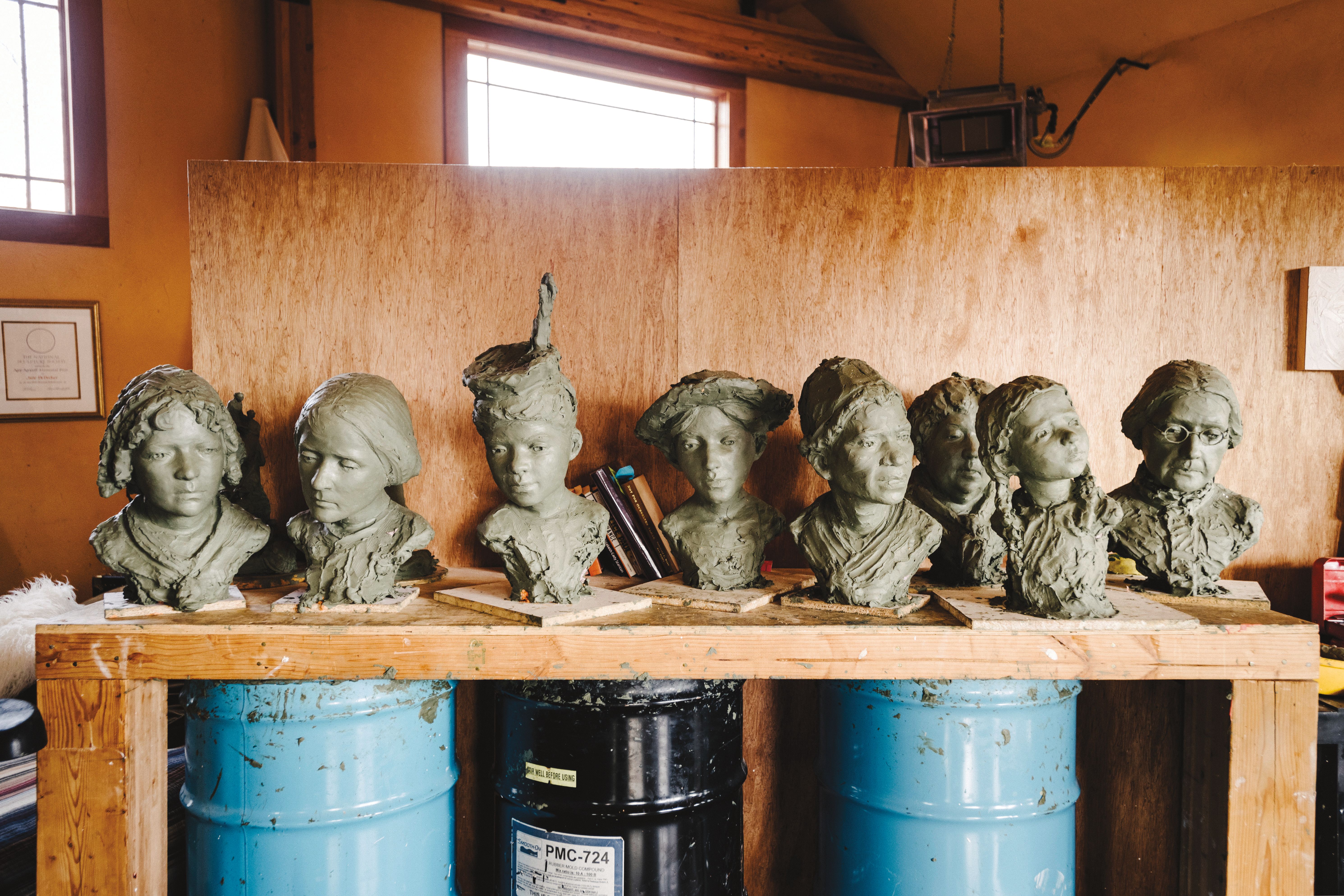
Art History Meets the Bronze Age at a Groundbreaking Vail Village Gallery
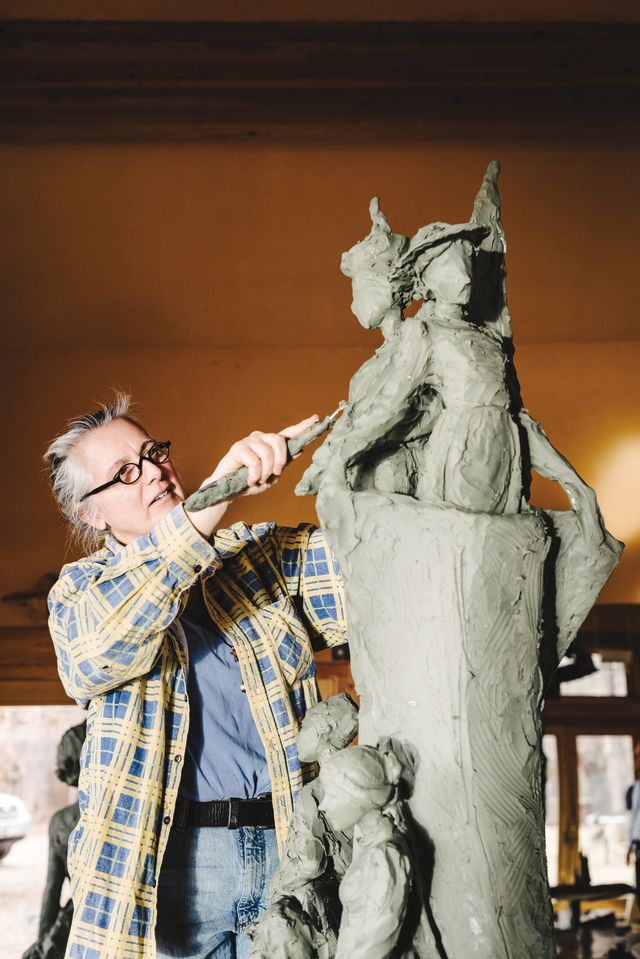
In her Loveland studio, Jane DeDecker works on a large-scale rendition of Every Word We Utter, a monument to American suffragists she hopes will be installed on the Mall in Washington, DC, in 2020.
Image: Ryan Dearth
By the end of this year, a long-in-the-works sculpture of Vail cofounder Pete Seibert is expected to be installed along Gore Creek in Vail Village, just across the International Bridge. The memorial will be the first visual, public reminder of what Seibert achieved in the early 1960s, when he set Vail on its transformative course from a quiet ranching valley to a world-class resort. In January, Loveland sculptor Herb Mignery began work on the piece, Pete’s Dream, which depicts Seibert, a 10th Mountain Division veteran, showing a map of what would become Vail to a skeptical rancher on horseback.
Some have said the monument is long overdue, including Claggett/Rey Gallery owners Bill Rey and Maggie DeDecker Rey, longtime fixtures of the local art world. Bill Rey was among the early champions of Seibert’s memorial, along with one of Vail’s first residents, Roger Tilkemeier, who has long lamented that the town’s prodigious public art collection lacks a memorial to its founding father. DeDecker Rey’s support for the project, meanwhile, coincided with a separate and unrelated monument—unless you consider her familial relation to it. The piece, called Every Word We Utter, is a 21-foot-tall sculpture honoring six of America’s suffragists by another Loveland sculptor, Jane DeDecker, who is Maggie’s older sister and one of the most visible artists in the valley, with pieces on display from Vail Village to the Riverwalk and Cordillera in Edwards. At press time Congress was considering a bill to install Every Word We Utter on the Mall in Washington, DC, in time for the 100th anniversary of the 19th Amendment’s ratification: August 18, 2020.
The two projects—one local, one national—showcase a niche within the broader sculpture world, but one that has guided much of the DeDecker sisters’ professional lives. Monument making, as it were, blends homage and history to produce a sort of living tribute to a person or cause. Some subjects, like Seibert, changed a region. Others, like the women depicted in Every Word We Utter, changed a country. The goal for any monument is the same, DeDecker says.
“First I want to flatter them, honor them,” she explains while taking a break from a large-scale rendition of Every Word… at her sprawling studio in Loveland, a memorial-making mecca that’s home to three bronze casting foundries. “But I also want the viewer to get a piece of their history, some sort of symbol that tells you what they did. And I want them to be relatable—like, they could’ve been someone you might’ve known, just an everyday person—to communicate this idea of: You can make a difference, too.”
There were no monuments on the Iowa farm where the 10 DeDecker children were raised. It wasn’t until the 1990s, when Jane finally had turned to full-time sculpturing and Maggie was managing her sister’s business, that the practice took root. Jane began diving down rabbit holes to research her public commissions, which comprise about 10 percent of the 600 or so pieces she’s sculpted in her career. Maggie and other employees (including a brother and two sisters, who still work at the Loveland studio, a compound on five acres that includes a café) helped her. One year they’d be reading about abolitionist Harriet Tubman. The next they’d be poring over Emily Dickinson’s poetry, or biographies of Amelia Earhart (for Oceans to Fly, a life-size bronze commissioned for the campus of a school in Alameda, California, where the aviator departed on her final flight). Jane always seemed to be drawn to “women who had broken glass ceilings,” Maggie says in her Vail Village gallery, where she has exhibited and sold her sister’s art for 30 years. “You can do a detailed rendition of somebody, but it’s not always going to say what their spirit was like. I think Jane can capture a subject’s personality better than most.”
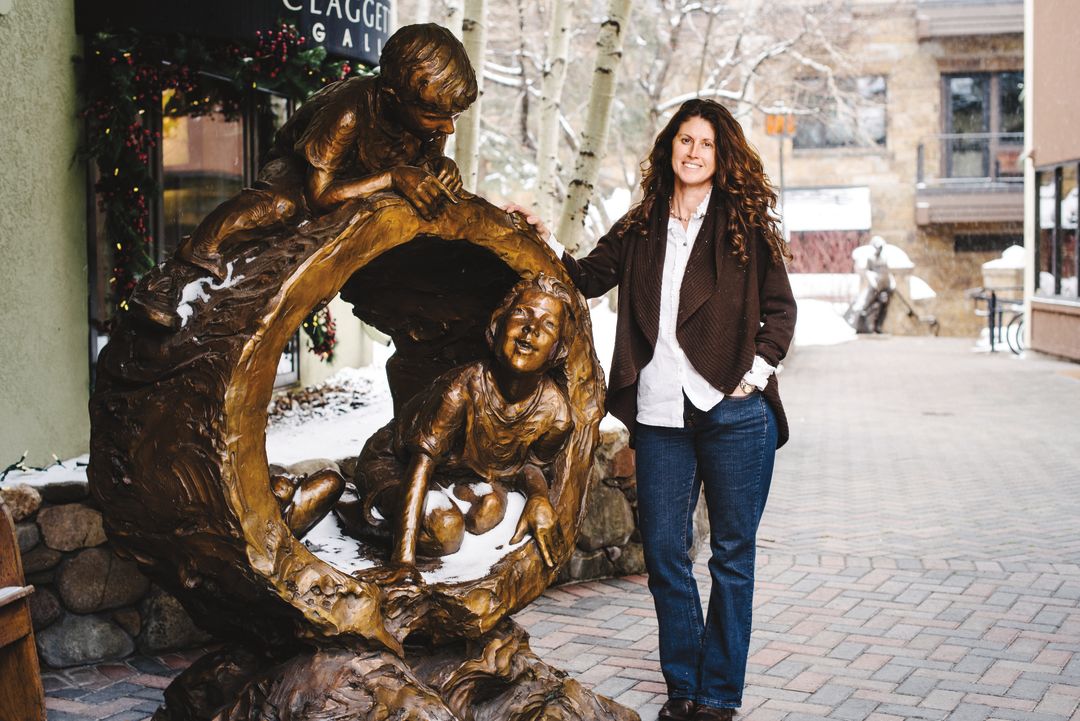
Maggie DeDecker Rey with A Day in the Woods, a sculpture by her sister, Jane DeDecker, outside Vail Village’s Claggett/Rey Gallery.
Image: Ryan Dearth
Such was DeDecker’s intent with the suffrage memorial. She spent two months reading about dozens of suffragists who had contributed to the movement, ultimately deciding to include Susan B. Anthony, Ida B. Wells, Sojourner Truth, Alice Paul, Elizabeth Cady Stanton, and Harriot Stanton Blatch. Her sculpture was one of four finalists for an installation in New York City. When it wasn’t picked, she turned her attention to getting it installed in the nation’s capital, donating the work and fundraising (via a website, everywordweutter.com/donate) to cover its $700,000 cost.
“I just feel so strongly, after having done this piece, about the contributions these women made,” DeDecker says, rattling off details about each suffragette’s efforts and struggles, from Anthony rallying women at suffrage conventions across the nation to Wells’s condemnation of lynchings and inequalities for African Americans. “There’s a 70-year span between the six women in the sculpture, in terms of what they did to get women the right to vote. And they are just a smidgeon of the women who made this happen.”
The sculpture, like all of DeDecker’s work, involved a five-step process using oil-based clay, foam, rubber, plaster, wax, and bronze, then a whole lot of polishing. At another site on the same street in Loveland, Herb Mignery will construct Seibert’s memorial using a similar series of steps. And while their subjects are distinct, their significance is rooted in a common fact: Each made history, and now they’re being recognized for it—in bronze, an artistic medium that’s as enduring as their legacies.
Claggett/Rey Gallery
100 E Meadow Dr, Vail Village
970-476-9350; claggettrey.com







